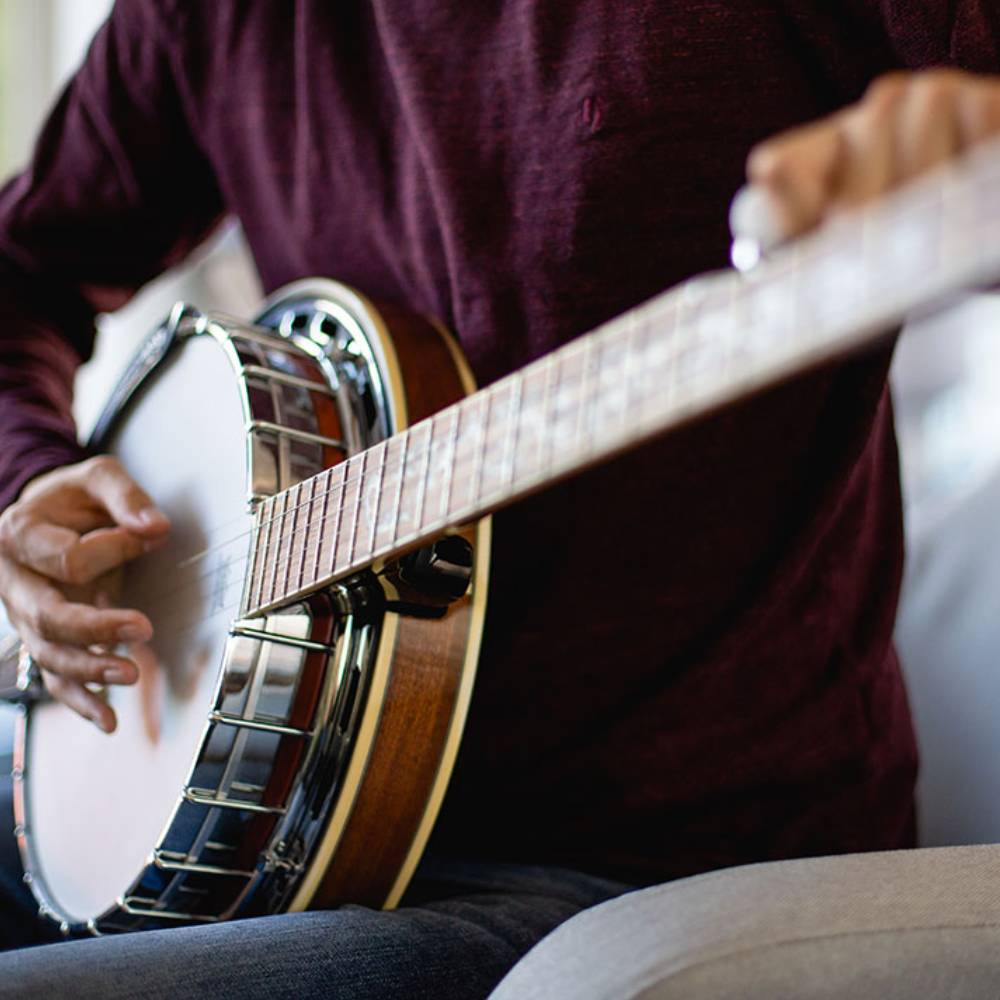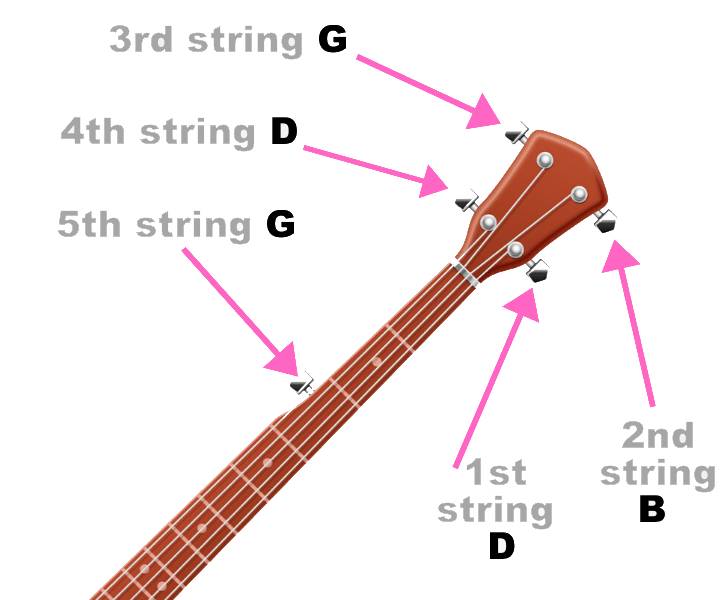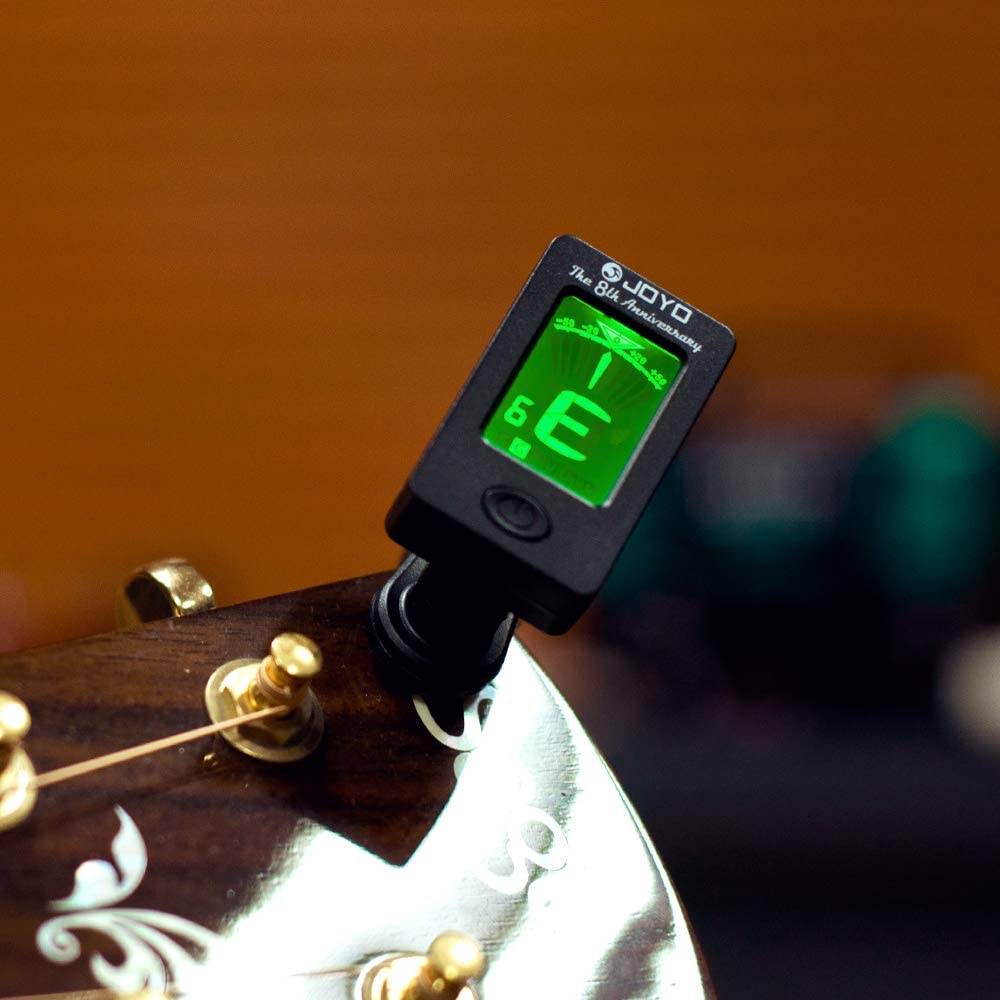
Before you learn how to play the banjo or pretty much any other string instrument, you must need to learn how to tune it correctly.
A Banjo in tune not only sounds good to the ear but is also fun to play as well. It is important to know your instrument and learn how to tune it in order to climb the ladder of learning. It’s really simple, and once you get the gist of it, there’s no going back!
This comprehensive guide will help you out and explain all the steps in detail as to how you can tune your banjo and get going with playing it. Before getting into the details of tuning, we first need to understand some basic connotations.
Sharp: When the pitch of the note is higher than it’s actually supposed to be.
Flat: When the pitch of the note is lower than it’s actually supposed to be.
Now let's move to the article.
THREE MAJOR WAYS TO TUNE A BANJO
Type 1 - Tuning By Ear
If you are one of those lucky individuals who are gifted with the perfect pitch, this is going to be a cakewalk for you. As you already possess the ability to name or sing any note simply by listening to it, you can immediately tell what is out of tune.
Then, you can correct it by adjusting the peg. All that you need to know is the note each string should be producing.
Now that you have learnt about the note each string would be producing, you can tune your banjo using this method.
Type 2 - Tuning The Banjo To Itself
All you need to do is turn the tuning peg a little to change the tuning of your banjo.
To begin with, turn one of the pegs a bit and play the string alongside.
Check whether the pitch of the note is going up or down as you go on to rotate the peg. Once it becomes clear to tell if the note is going up or down, you’re ready to tune.
You may start by tuning the first string and when you’re happy with it, try the second one. Tuning pegs might work differently on that string, and it can be in the complete opposite way.
When you feel that the string is already close enough to the accurate pitch, you will need to adjust the peg only by a small amount. It is going to take some practice to get better at it and be able to put just the right amount of pressure onto the key.
It’s not a tedious procedure, so don’t worry about it; all you need is some patience! Also, it’s important to keep your face away from the banjo while you are tuning, just in case a string breaks you can easily restring your banjo.
These are the notes to the standard G tuning:
String 1-4 are called the long strings, whereas string 5 is called the thumb string, as it is only played by the RH Thumb.

An alternate way to tune the banjo to itself is by starting with the 4th string with a low D. You can also use a piano or a guitar while tuning it and then tune the rest of the strings in accordance with the low D note. Once the 4th string is tuned to D, fret it on the 5th fret for a G note, which is also what the 3rd string should sound like. From there, you progress down the strings and tune each one to the string before it.
Another point to note is that tuning the B string (2nd string) to the 3rd string (4th fret) can make the 2nd string sound a bit sharp. To avoid this problem, it is suggested that once you have tuned the entire banjo, you should go back and tune the B string to the 1st string (3rd fret). This process will make the 2nd string a little more accurate.
Type 3 - Tuning To An Electronic Tuner
An electronic tuner is a device that picks up the pitch of your strings and uses a visual arrow to denote how far or close your string is to the correct note.
This is one of the easiest ways that you can tune your banjo. This device attaches to the end of your headstock pretty easily as it has a clip-like thing on it, similar to a capo. It will pick up the pitch of your strings and use the arrow to help you tune it to the correct note.

CONCLUSION
That's all about how to tune a banjo. I hope that you are able to tune a banjo using any of these three methods we have given. If you find this article useful, share it with your friends who are looking for information regarding tuning banjo.

Gibson is a blogger and reviewer, whose passion is helping people with all the aspects of music through the blog he provides. Also, he is an artist and loves to create his own tunes by purchasing good quality musical tools. With his own experience, he has provided a great list of tools for you in this blog. Seeking the best quality musical tools? Read this blog and end your music thirst!



